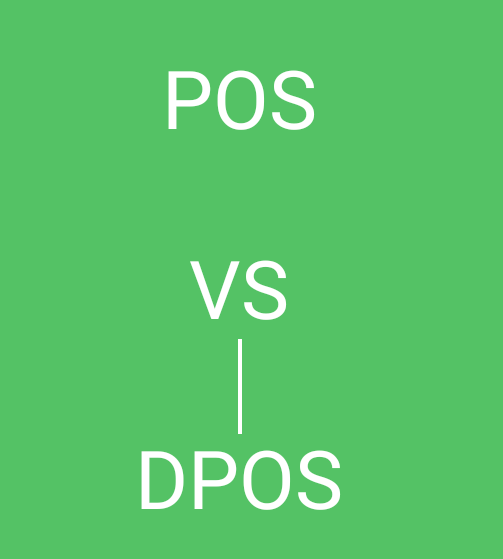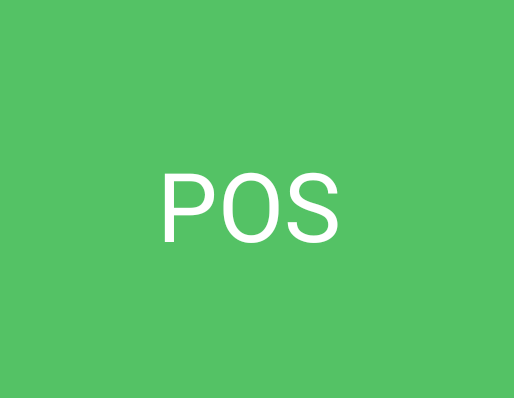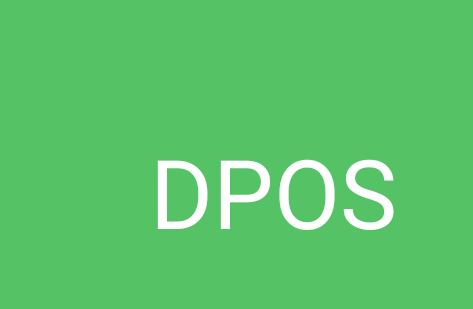Crypto Academy Season 3 Beginners' course - Homework Post for Task 4: by prof @sapwood

Hello follow Steemian, I welcome you to my Beginners' course homework task4 by prof @sapwood, the lecture was on a very important topic to a blockchain technology. Every blockchain has their own chosen consensus mechanism they use to reach an agreement. This brings us to what is consensus mechanism, we need to understand what really is consensus mechanism before we can discuss about the types of consensus mechanism.
What is Consensus Mechanism?
In a Blockchain, to maintain security and trust all the participating nodes need to achieve a consensus and it's one of the fundamental in ensuring that the transactions recorded into Blockchain network are authenticated, secured, safe, verified and validated.
Consensus Mechanism can be describe as a predefined method, process by which a Blockchain network use to achieve an agreement on validating, verifying or authenticating a transaction before it can be recorded into the Blockchain. It can also be defined as an algorithm by which a Blockchain is used to achieve consensus among all the participating nodes in that Blockchain.
This participating nodes agreement are achieved based on the consensus algorithm adopted by that Blockchain network. The consensus mechanism are use to determine the valid blocks in a Blockchain everytime, because every participants must be in agreement to same history.
There are many types of consensus mechanism such as POW, POS, DPOS, POB, POC, etc, but I will be discussing about POS and DPOS. Thank you as you read through.
(2) What is the difference between POS & DPOS? Advantages & Disadvantages? Blockchain which use the DPOS consensus mechanism and the scaling capacity?

What is POS?
POS is the short form of proof of stack. It's a consensus mechanism algorithm which token miners must stack their token before the can be able to mine token. It's a deterministic consensus mechanism, where by block miners and validator is determine based on their stake and is also proportion to the token they staked, therefore, the higher your stack, the greater chance of being chose as the validator that will mine a Block.
In POS consensus mechanism you don't need a mining rig before you can mine, all you need is to stack your token and you will be receiving rewards, and this is why it is energy efficient, It helps the token price dynamics, since those stacked token are locked. One of the down side of this POS is that even as it's energy efficient and better rewards stackers, it can be considered as centralized consensus mechanism and less secure.
POS is a consensus mechanism created as a solution to the POW consensus mechanism that is used by Bitcoin and have a very high energy consumption rate because it uses supercomputers and other heavy equipments.

WHAT IS DPOS
Delegated Proof of Stake can be describe as a consensus mechanism algorithm for highly scalable Blockchains, where every participants choose delegates by voting of delegates, after the voting, these chosen delegates will form a group that will implement Byzantine Fault Tolerance (BFT), because they are quantity defined and have limit, and also the trust placed on them is partial. It was developed by Daniel Larimer in the year 2014, and the Byzantine Fault Tolerance (BFT), makes it to guarantee high levels of security when implemented on public blockchains.
These delegates rotated who will create block among them, thereby ensuring that each delegate will have it turn to produce a block, and if a delegate is not available when it get to it's turn, the next delegate will takeover the turn of that delegate that is not available, and will have to wait for it's next available turn. In DPOS, participants who vote for delegates have voting power that is proportional to their stacked token.
In simple terms, DPOS can be defined as a consensus mechanism where participants, token holders, etc, vote to delegate their power to a delegate or a witness, the higher the token you're holding, the greater your influence on the Blockchain network.
DIFFERENT BETWEEN PoS AND DPoS
| POS | DPOS |
|---|---|
| Every token stacker participate in decisions governing the Blockchain . | Participants Vote to select delegates that will validate the block. |
| In POS huge numbers of participants are involved in verifying transactions, there by making it slow in scalability. | In DPOS, delegates are selected to verify transaction, which makes it more faster and scalable because lesser people are in charge of verification. |
| It takes more time to achieve consensus agreement because more people are involved. | It takes lesser time to achieve consensus agreement because lesser people are involved |
| Reward is lesser, when compared to DPOS . | DPOS rewards is better than that of POS |
| Rules and parameters are permanently coded into the genesis block, and alterations on it will generate a fork. | The selected delegates govern the blockchain and changes can be propose by these delegates, but participants must approve it before it can be effective. |
ADVANTAGES
| POS | DPOS |
|---|---|
| POS processes transactions more faster than the traditional PoW, this makes it to have a higher transaction speed. | *DPOS processes transactions more faster than the traditional POS, this makes it to have a higher transaction speed |
| They energy required to operate a POS blockchain is Lesser since it doesn't use supercomputers that have higher energy consumption rate. | They energy required to operate a DPOS blockchain is Lesser, no supercomputers that have higher energy consumption rate. |
| The required hardware to operate it is also Lesser since participants need not to setup supercomputers before they can participate. | The required hardware to operate it is also Lesser since participants need not to setup supercomputers before they can participate. |
| It has a lower maintenance cost than that of POW, you don't need to maintain more or heavy facilities | DPOS has much better rewarding system that favour huge investors and lesser investors, participants select delegates that offer most rewards, therefore ensuring that all participants are earning rewards and not only huge investors. |
| Its energy efficient because you don't need supercomputers before you can participate | DPOS is more democratic and Secure, since participants can vote out any delegates find involved in malicious acts. |
Note That DPOS has all the advantages of POS and more because DPOS is a variation of POS.
DISADVANTAGES
| POS | DPOS |
|---|---|
| POS is vulnerable to attack, in the sense that a participant that invested outrageous number of token, can easily reduce the decentralized nature by centralizing the blockchain. | Since the blockchain are being govern by a group of delegates, some delegates among them can easily gang up and takeover full control of the entire blockchain. |
| POS is best sue to huge investors because your influence on the blockchain is based on the amount of token you stake, thereby make it impossible for lesser investors to influence the blockchain. | DPOS is also vulnerable to 51% attack, since few delegates are in control network. |
| The token you stayed to earn rewards can not be traded until the are unstacked | It's not fully decentralized since only selected delegates are governing it, therefore giving power to select few people. |
BLOCKCHAIN THAT USE DPOS CONSENSUS MECHANISM AND SCALING CAPABILITIES.
TRON
The Tron blockchain uses DPOS Consensus mechanism and uses 27 super representatives which are selected to validate transaction blocks and also securing the blockchain. The Tron token holders freeze Tron and earn voting power based on the proportion of the token fronze and are voted to select these 27 super representatives, are rewarded for the block created, and the share their rewards with those who voted them, base on their voting power.
STEEM
The STEEM blockchain also uses the DPOS consensus mechanism, the token holders vote to select the 20+1 witnesses that will be responsible for transaction validation and securing the blockchain. These help to increase the transaction speed because only few people are involved in the validation process, and these witnesses are rewarded for their work, which their also share with their voters.
Note That Cardano, and EOS are also among blockchain that uses DPOS consensus mechanism.
CONCLUSION
Consensus mechanism is one of the fundamental properties of a Blockchain because it's the bedrock of transactions, and no transaction can be recorded without the consensus agreement. Each blockchain chose their own consensus mechanism base on their core values, and what the blockchain represents.
POS were created as a solution to POW that consumers a very high energy rate and it also have better transaction speed, later a variation of POS was introduced for much better performance on transaction speed and better rewards, DPOS comes with all the advantages of POS plus extra benefits, which make DPOS to better than POS in terms of rewards for participants.
The downside of POS is that since voting power is base on your stacked token, malicious huge investors can hijack the blockchain by investing heavily to earn more voting powers, Also in DPOS, malicious group from the selected delegates can gang up and hijack the full control of the blockchain. In conclusion, POS and DPOS are among the consensus mechanism that have the most promising future in the blockchain t can adopted in the the future